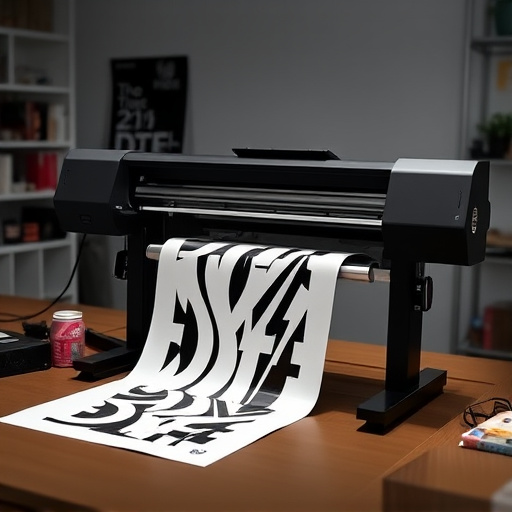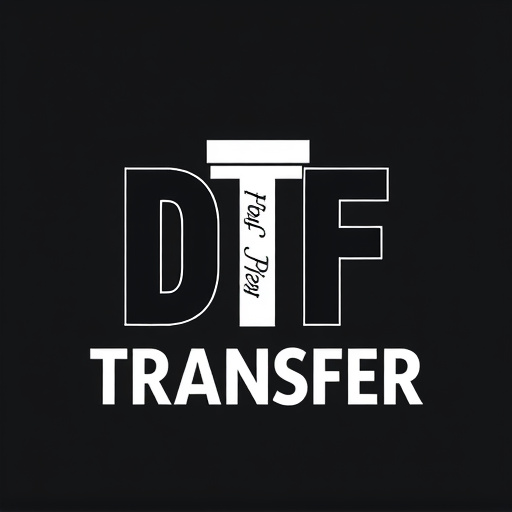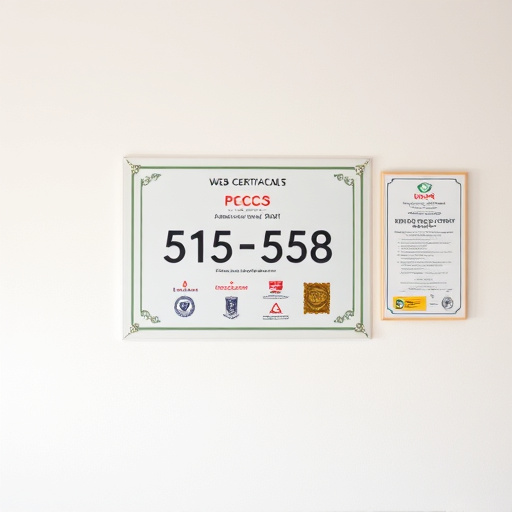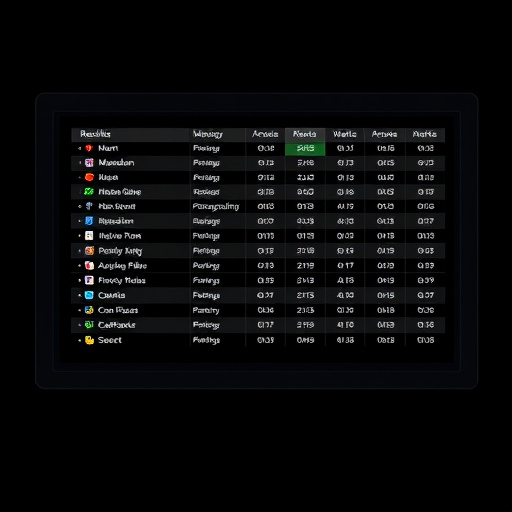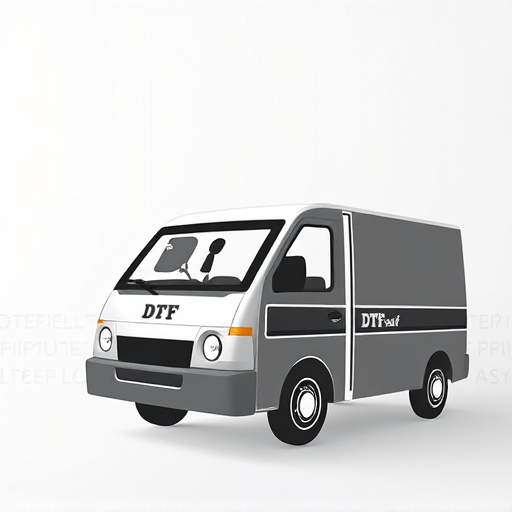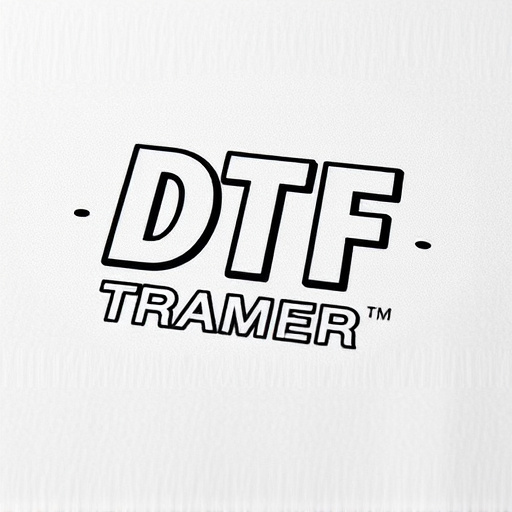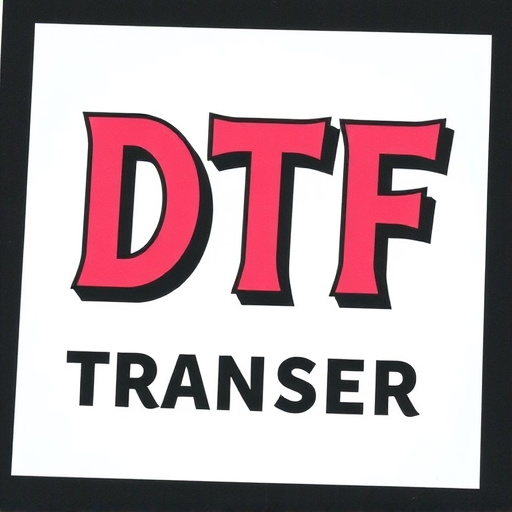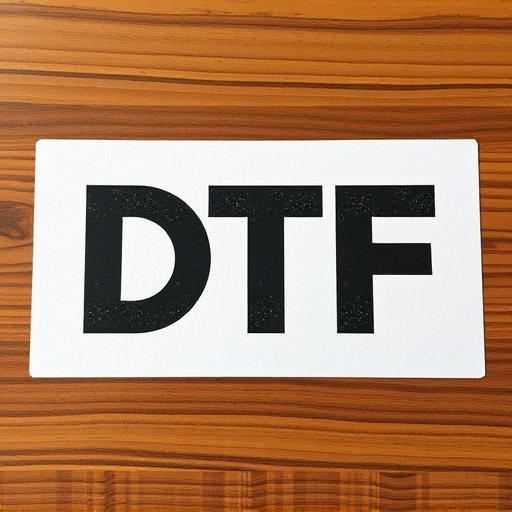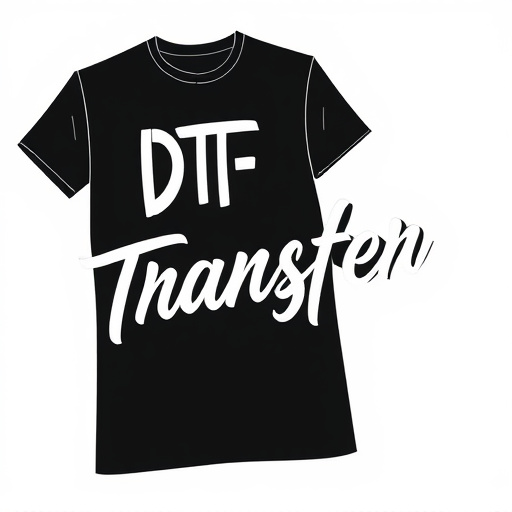DTF (Direct to Forme) printing is a revolutionary technology transforming the printing industry by offering unparalleled flexibility and efficiency. By eliminating traditional plate-making processes, it streamlines production, reduces waste, and enhances productivity while enabling high-quality prints on diverse materials. Ideal for marketing, advertising, and event management, DTF Printing's speed and versatility make it an economical game-changer for large-scale printing needs, providing error-free, high-quality results with minimal manual intervention.
Direct-to-film (DTF) printing is transforming high-volume business operations by offering a fast, efficient, and cost-effective solution for large-scale production. This cutting-edge technology eliminates the need for intermediate plates, streamlining the printing process and enhancing productivity. In this comprehensive guide, we explore the advantages of DTF for businesses, from improved efficiency to enhanced quality and longevity. Discover how the right equipment and material choices can revolutionize your print operations.
- Understanding Direct-to-Film (DTF) Printing: A High-Volume Approach
- Advantages of DTF for Business Applications
- Choosing the Right Equipment for Efficient DTF Production
- Material Considerations for Longevity and Quality
- Streamlining the Print Process for High-Speed Output
- Case Studies: Successful DTF Implementations in Business Scenarios
Understanding Direct-to-Film (DTF) Printing: A High-Volume Approach
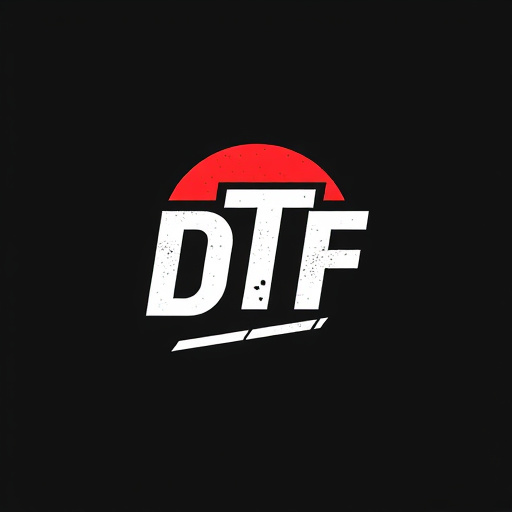
Advantages of DTF for Business Applications
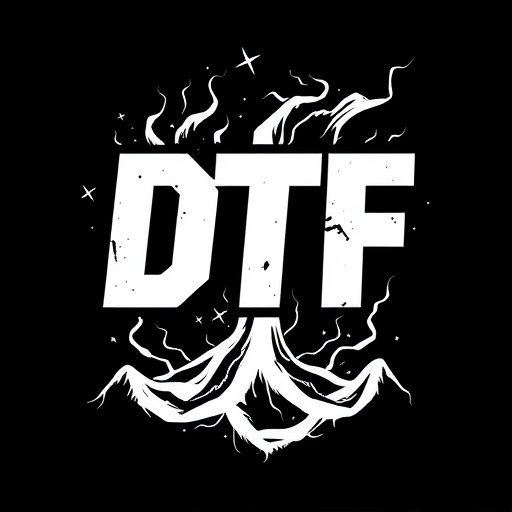
Direct-to-film (DTF) printing offers significant advantages for high-volume business applications. One of its key benefits is speed and efficiency; DTF technology enables rapid production of large quantities of printed materials, making it ideal for businesses requiring fast turnaround times. This method streamlines workflows, especially in sectors like marketing, advertising, and event management, where quick prototyping and printing are essential.
Moreover, DTF provides exceptional cost-effectiveness. By eliminating the need for film positives and plates, as is common in traditional printing methods, DTF Printing reduces set-up costs significantly. This makes it a cost-efficient solution for businesses looking to print high volumes without incurring substantial expenses. The technology’s versatility allows for direct printing on various media types, further enhancing its appeal in diverse business settings.
Choosing the Right Equipment for Efficient DTF Production
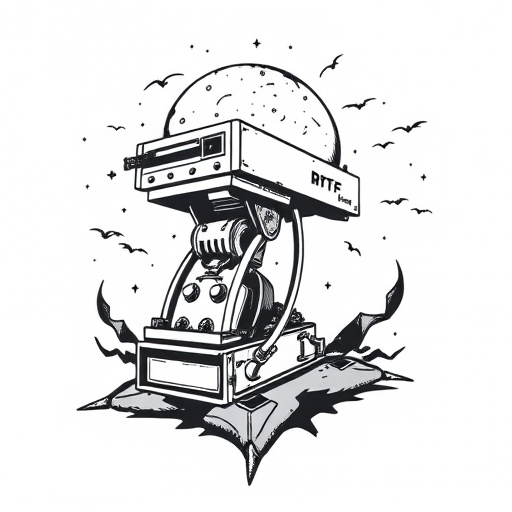
When setting up a direct-to-film (DTF) production line for high-volume business needs, selecting the appropriate equipment is paramount. The right machines can significantly streamline the DTF printing process, increasing efficiency and reducing costs. Key considerations include choosing printers with high speed and resolution capabilities to meet the demands of bulk printing. Additionally, investing in reliable cutting and laminating tools ensures precise and consistent results for each print job.
For optimal workflow, integrate equipment that offers automated feeding and finishing features. These can help manage large batches of prints, minimize manual intervention, and reduce potential errors. Furthermore, implementing a robust quality control system within the production line allows for real-time monitoring, ensuring only error-free, high-quality DTF transfers are sent to the next stage of processing.
Material Considerations for Longevity and Quality
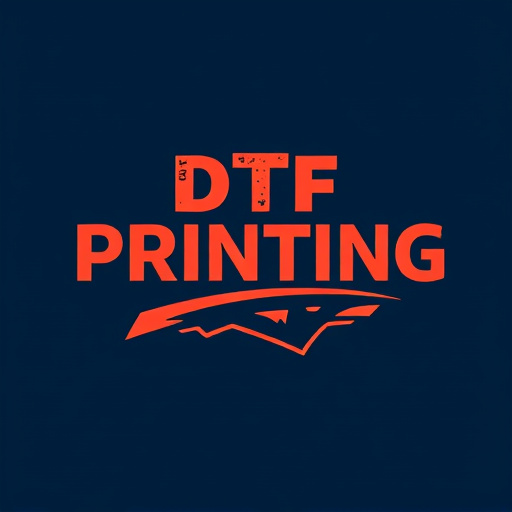
Streamlining the Print Process for High-Speed Output
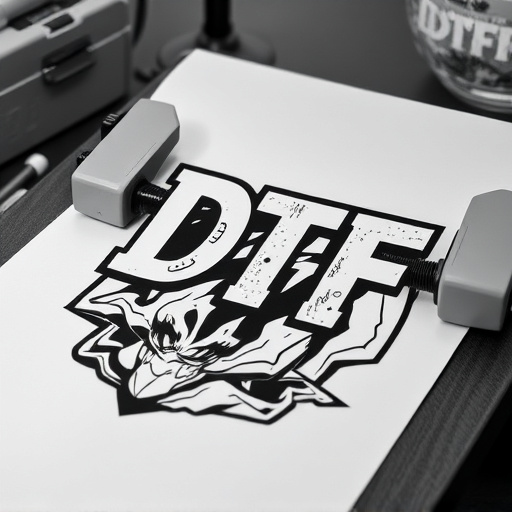
Direct-to-film (DTF) printing offers a streamlined approach for high-volume businesses, revolutionizing their print processes and boosting output speed. This cutting-edge technology eliminates the need for intermediate steps, such as film positives or plate preparation, which significantly reduces production time. By directly transferring the image onto the final print material, DTF Printing enables rapid and consistent printing, making it an ideal solution for high-demand applications.
Businesses can achieve remarkable efficiency gains, ensuring a steady stream of printed materials without sacrificing quality. The process is designed to be user-friendly, allowing operators to easily load prints and maintain precise registration for accurate results. This streamlined methodology translates into cost savings, faster turnaround times, and enhanced productivity, ultimately meeting the demands of fast-paced commercial environments.
Case Studies: Successful DTF Implementations in Business Scenarios
